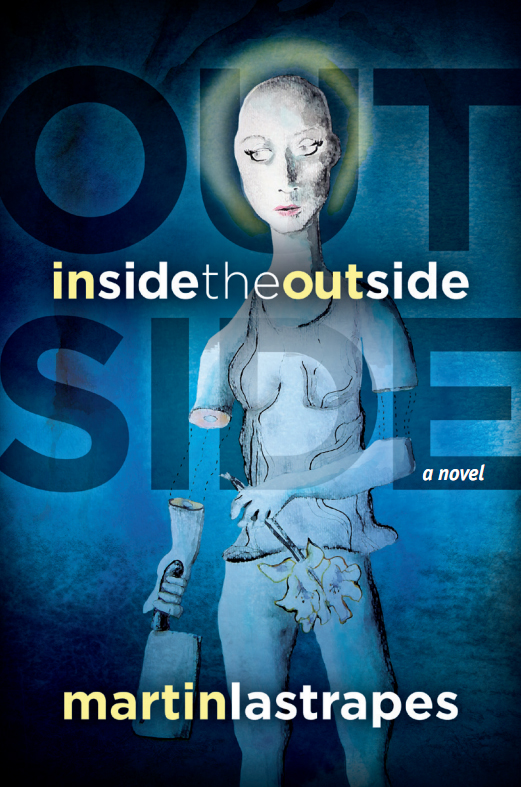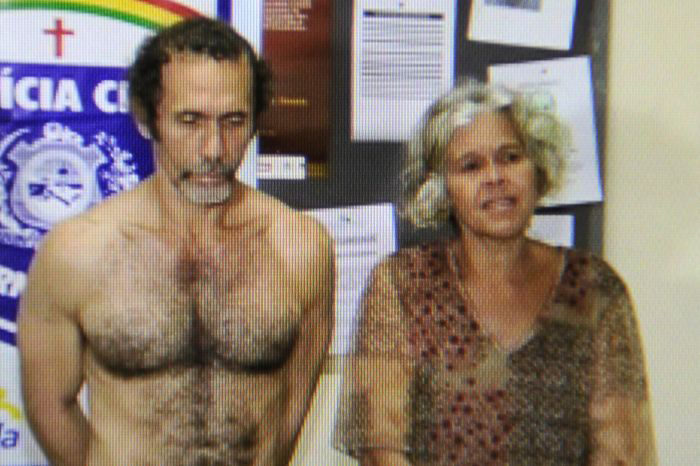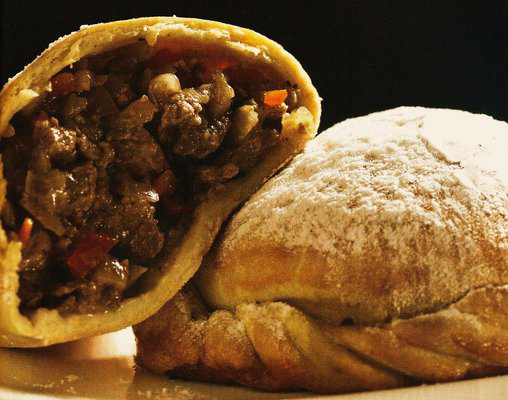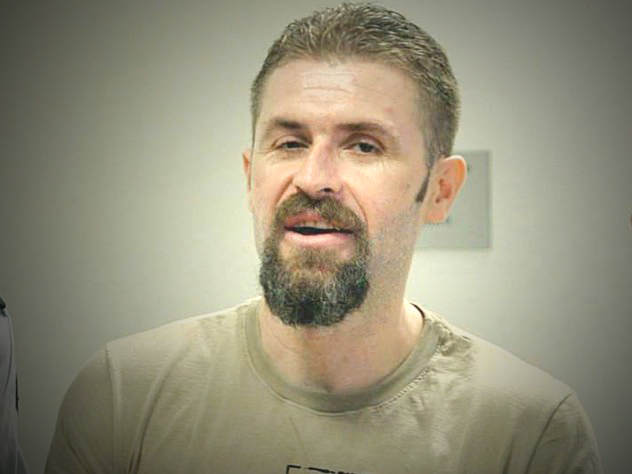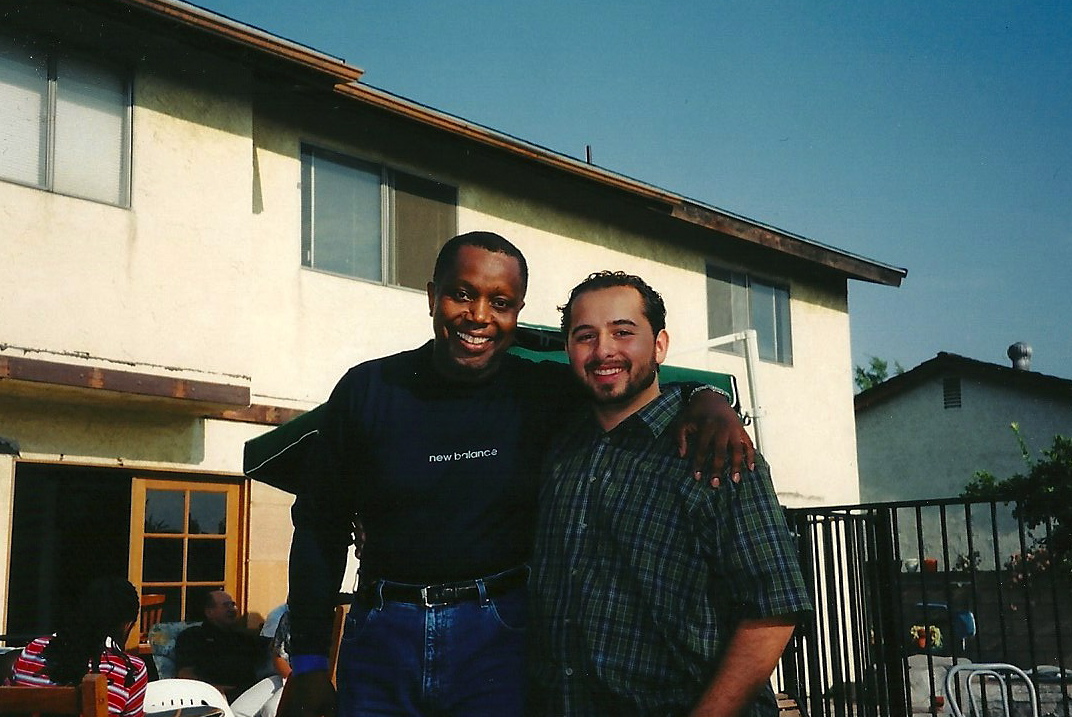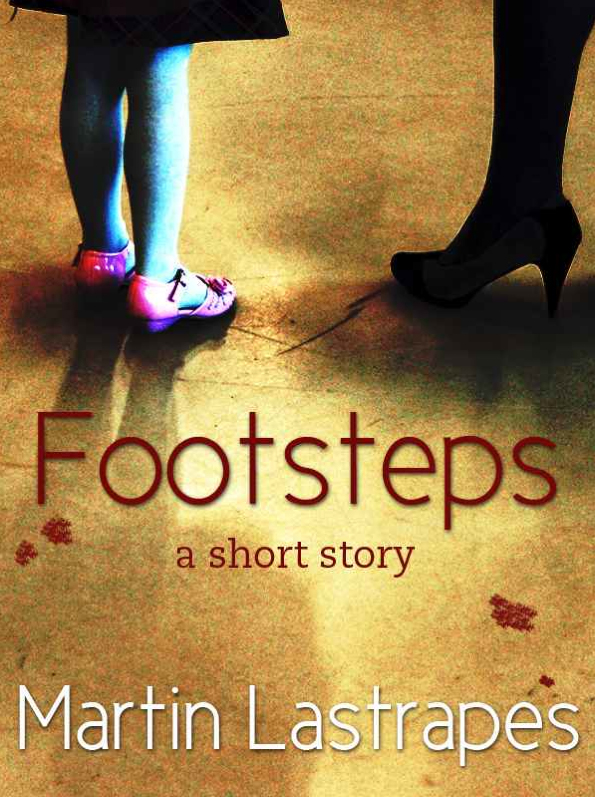 In April of 2012, I signed a deal with Exciting Press to publish six short stories.
In April of 2012, I signed a deal with Exciting Press to publish six short stories.
And on June 18, 2012, "Footsteps," the first of those stories was published. The story follows Rusty Hankover, a young man who hates his abusive father and loves rich women's feet in equal measures. When Rusty's dad comes up missing, his tabloid-loving mom is convinced he's become the latest victim of the Back Alley Cannibal. A chance encounter with a woman and her daughter will ultimately reveal the dark, grisly truth.
Many of my readers will recognize the theme of cannibalism in "Footsteps," as it plays a central role in my debut novel Inside the Outside. I first became fascinated with writing cannibal literature in 2001, while I was studying English at California State University, San Bernardino. I was taking a humanities course called Interoperation and Values, which, among other things, illuminated the world of corporate farming. I was struck by the abuse animals are made to endure in such farms and, having discovered this emotional chord, decided I wanted to articulate it in a story. I quickly realized, however, that (unless your George Orwell) writing about farm animals wasn’t a particularly dynamic idea.
During that same quarter CSUSB, I was also taking a creative writing class. The professor assigned us a sci-fi story to read about about aliens enslaving humans; upon reading it, she explained that the story was an allegory. This was the first time I could remember being introduced to the idea of an allegory, which Wikipedia defines as a literary device that "communicates its message by means of symbolic figures, actions or symbolic representation." I loved this and decided I could use it to articulate the emotional chord I'd felt about farm animals by writing an allegorical story about people eating people.
I began brainstorming a short story idea about a cannibal farm. The more I developed it the bigger it got until, eventually, it became too big for my still-developing skill set. Before I gave up on the short story, I'd come up with a homeless mother and daughter, both of whom were cannibals. The mother killed people in order to feed herself and her daughter; the daughter didn't know there was anything strange about eating people, because it's all she knew. They weren't the main characters in my cannibal farm story, but they were the ones who stuck with me the longest. I didn't know what to do with them, but I knew that, eventually, I'd revisit that mother and daughter again.
A few years later, during a trip to Las Vegas, I was sitting in the dressing room of Rampage, while my girlfriend tried on clothes. As I sat there, it occurred to me that nobody knew who I was there with; for all they knew, I was just sitting in there by myself staring at feet beneath the dressing room doors.
Amused by this idea, I decided to write a short story about a guy who hangs out in women's dressing rooms under the pretense that he's waiting for his wife or girlfriend, but really he's just being a voyeur. I found that while I liked the premise, there wasn't enough there to turn it into a compelling story. So, like a mad scientist, I decided to combine the idea of the voyeuristic foot fetishist with the idea about the cannibal mother and daughter to see what that story would look like.
And that's how "Footsteps" was born.
Not long after I wrote it in 2005, "Footsteps" was published in The Pacific Review. It was the last short story I wrote, before concentrating my efforts on becoming a novelist. To my mind, it's always been the stepping stone that led to Inside the Outside, so I'm thrilled that fans of my novel can now see where my fascination with cannibal literature began.
